Ah, the joy of the one-hit wonder! These musical gems capture our attention, become the life of every party, and leave an indelible mark on pop culture — all while teasing us with tantalizing hints of what could have been. From synth-pop anthems to reggae-rock fusions, the world of one-hit wonders is as diverse as it is delightful. These tracks, often accompanied by memorable videos or dance crazes, offer a snapshot of the era they emerged from. Join us on a nostalgic journey through these 15 unforgettable tunes that defined their time and continue to echo through the years.
1. “Take On Me” – a-ha (1985)
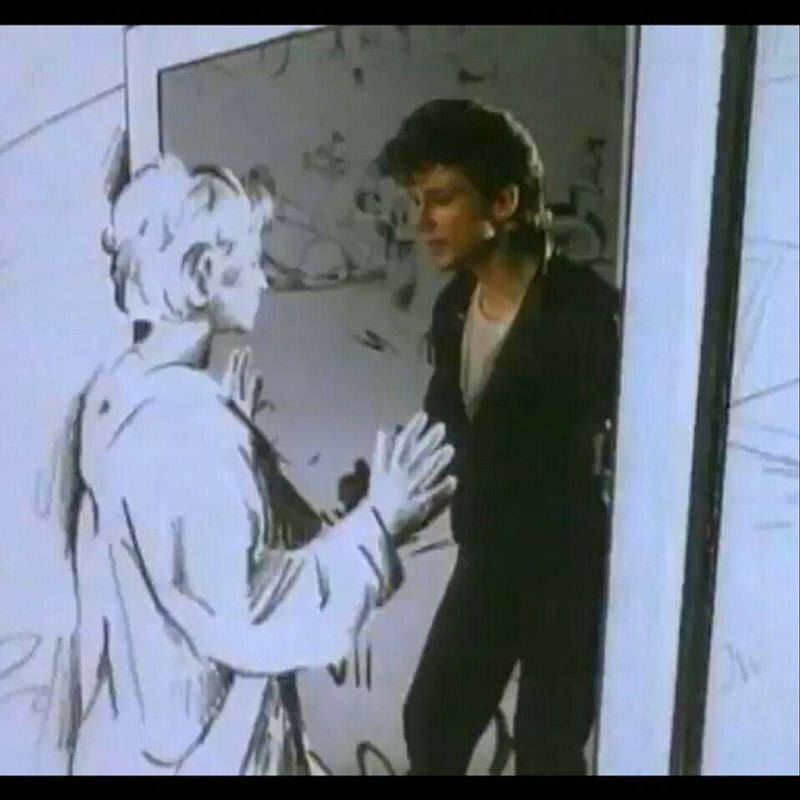
“Take On Me” by a-ha is not just a song; it’s a visual and auditory experience that defined the 1980s. This synth-pop masterpiece, with its infectious melody and soaring vocals, was elevated to iconic status by its groundbreaking animated music video. The video, featuring a pencil-drawn world and a love story that bursts into life, captivated millions and remains a staple on ’80s playlists. Emerging from Norway, a-ha captured the imagination of a global audience, making their mark with this single hit. Today, the song and its video continue to be celebrated as a milestone in both music and visual art. The video took 16 weeks to produce, a testament to its innovative animation techniques.
2. “Tainted Love” – Soft Cell (1981)
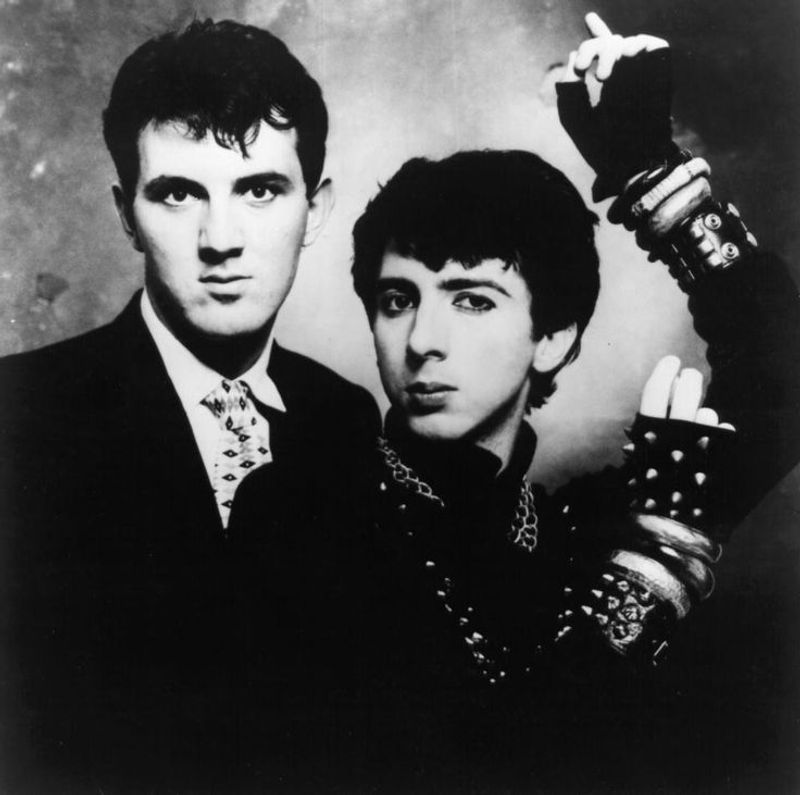
Soft Cell’s “Tainted Love” is a hypnotic dance anthem that still rules ’80s nights. This cover of Gloria Jones’s original became an international sensation, combining Marc Almond’s haunting vocals with David Ball’s moody synth arrangement. The song’s lyrics, exploring themes of heartbreak and emotional complexity, resonated with fans worldwide, creating an enduring classic. Its distinctive electronic beat and memorable hook have cemented its place in pop culture. “Tainted Love” spent a record-breaking 43 weeks on the UK Singles Chart. It remains a compelling choice for nostalgic playlists, offering a perfect blend of drama and danceability.
3. “Come on Eileen” – Dexys Midnight Runners (1982)
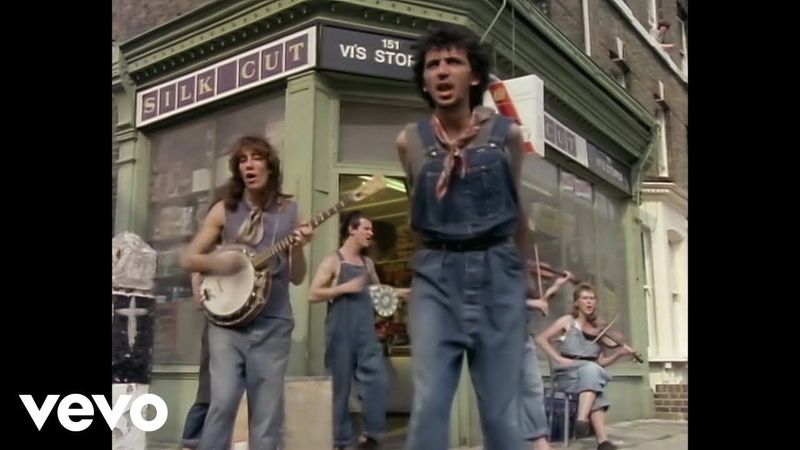
Bursting with energy and infectious joy, “Come on Eileen” by Dexys Midnight Runners is a staple at weddings and celebrations. The song’s chaotic charm, blending Celtic fiddle with soulful brass, invites listeners to join in a communal dance. Kevin Rowland’s passionate vocals, coupled with lyrics that capture a youthful sense of longing, make this track a timeless anthem. Despite its upbeat nature, the song’s narrative hints at deeper themes of change and escape. “Come on Eileen” won the Best British Single at the 1983 Brit Awards, highlighting its impact on the musical landscape of its time.
4. “Ice Ice Baby” – Vanilla Ice (1990)
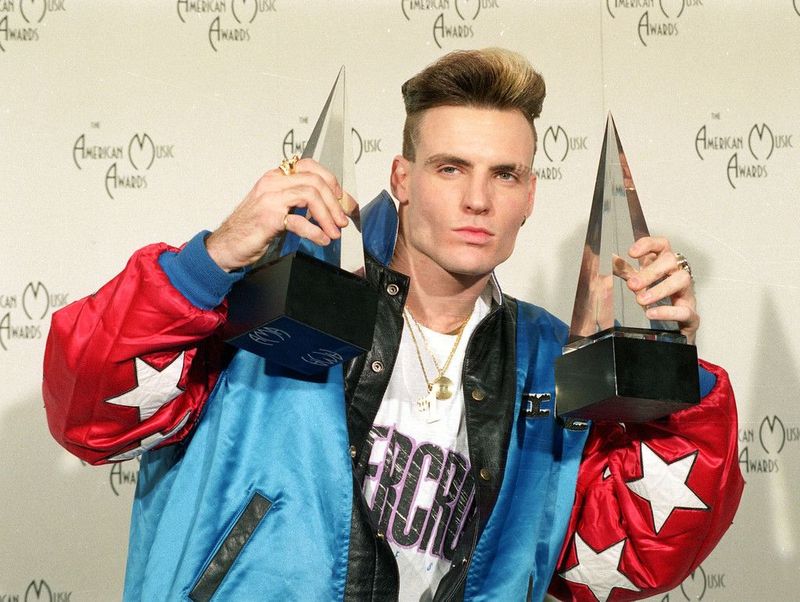
“Ice Ice Baby” by Vanilla Ice was a groundbreaking hit in the early ’90s, becoming the first hip-hop single to top the Billboard charts. Its catchy lyrics, set to a sample of Queen and David Bowie’s “Under Pressure,” captivated audiences and catapulted Vanilla Ice to stardom. The song’s infectious beat and catchy hook made it an instant classic, despite Vanilla Ice’s career being short-lived thereafter. Known for its iconic opening line and energetic delivery, “Ice Ice Baby” remains a nostalgic favorite. Interestingly, the song’s success was initially driven by its B-side status, before radio DJs flipped the record over and discovered its potential.
5. “I’m Too Sexy” – Right Said Fred (1991)
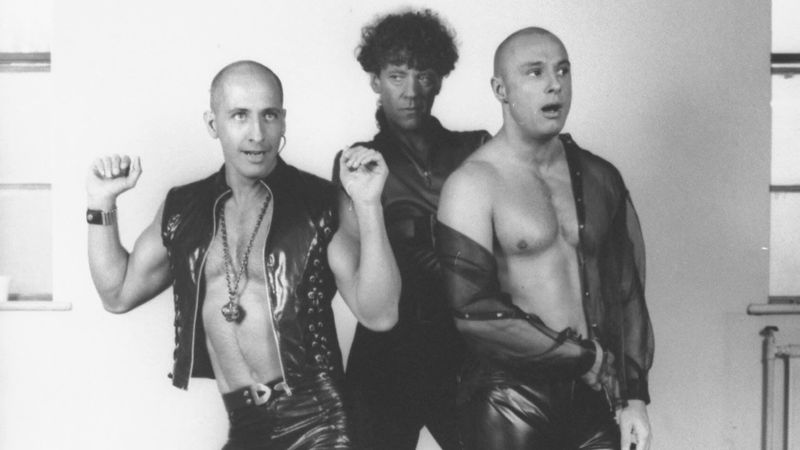
Tongue-in-cheek and hilariously overconfident, “I’m Too Sexy” by Right Said Fred became a defining track of the early ’90s. With its playful lyrics and catchy beat, the song pokes fun at the fashion industry and self-obsession. Brothers Fred and Richard Fairbrass delivered a performance full of charisma and wit, making the track an international hit. Its humorous take on vanity and style continues to entertain, making it a popular choice for parties. A quirky fact: “I’m Too Sexy” was inspired by the brothers’ experiences working in a gym, where they observed people’s obsession with fitness and appearance.
6. “Tubthumping” – Chumbawamba (1997)
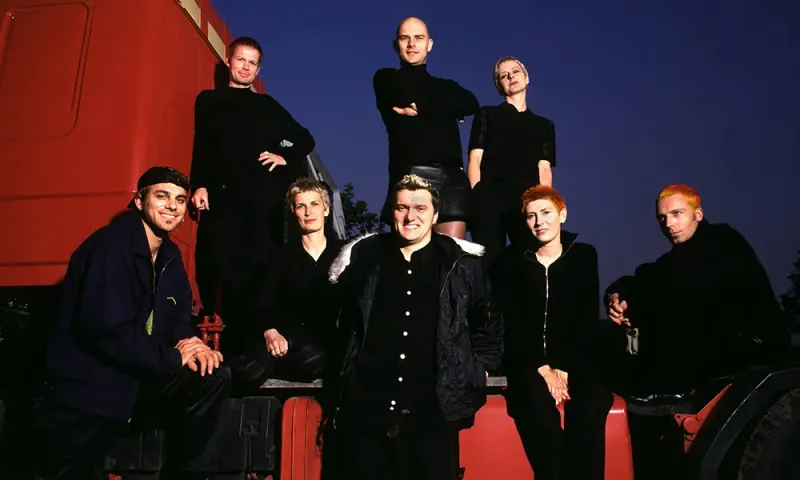
“Tubthumping” by Chumbawamba is the ultimate anthem of resilience and camaraderie, with its infectious chorus of “I get knocked down, but I get up again.” Released in 1997, the song captured the spirit of perseverance and became a global hit. With its catchy melody and raucous energy, it invites listeners to join in a collective chant, celebrating the undying human spirit. Chumbawamba’s unique blend of rock and folk influences created a sound that resonated with audiences worldwide. The song was inspired by the band’s political activism and experiences at pub gatherings, where stories of triumph and endurance were shared.
7. “Who Let the Dogs Out” – Baha Men (2000)
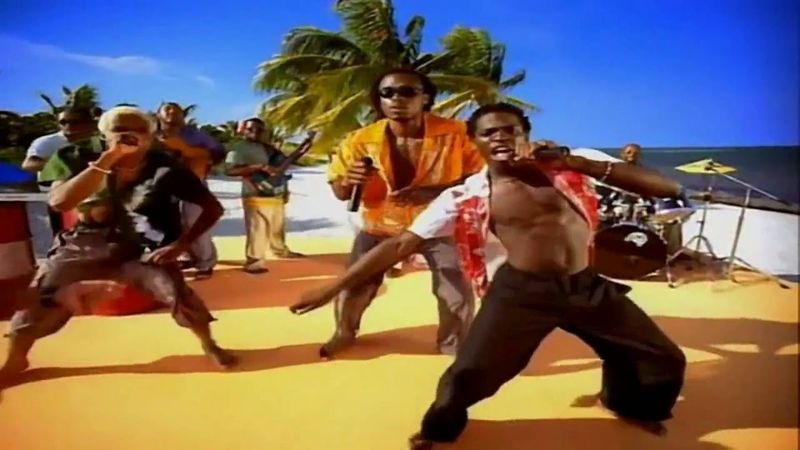
In the year 2000, “Who Let the Dogs Out” by Baha Men became a global phenomenon, with its catchy refrain and lively beat. The song’s playful question, echoing through parties and sporting events, remains unanswered to this day, adding to its charm. With its Caribbean-infused rhythms and energetic delivery, it became a defining track of the early 2000s, bringing joy and laughter to listeners. The song’s infectious energy and memorable hook ensured its place in pop culture history. A fun tidbit: “Who Let the Dogs Out” was originally recorded by Trinidadian artist Anslem Douglas before being popularized by Baha Men.
8. “Macarena” – Los Del Río (1993)
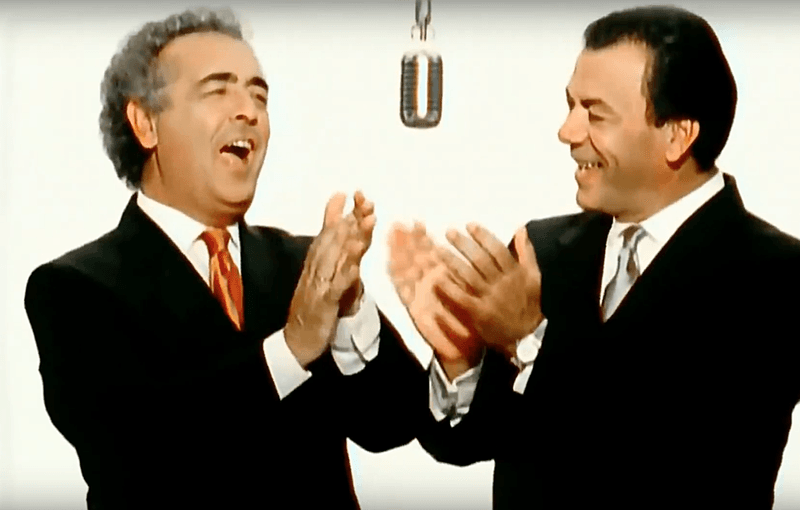
The “Macarena” by Los Del Río swept the globe in 1993, igniting a dance craze that transcended age and culture. With its catchy rhythm and simple dance steps, it became a fixture at parties, weddings, and school dances. The song’s infectious melody and upbeat tempo created a universal appeal, inviting everyone to join in the fun. Originating from Spain, Los Del Río’s hit was a cultural phenomenon, bringing people together in celebration. The “Macarena” spent a remarkable 14 weeks at the top of the Billboard Hot 100, becoming one of the longest-reigning hits of the ’90s.
9. “Mambo No. 5” – Lou Bega (1999)
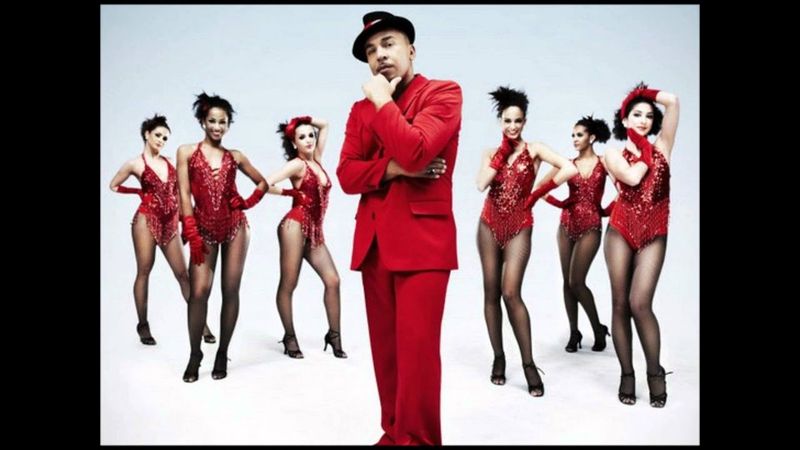
With a little bit of Monica and a whole lot of charm, “Mambo No. 5” by Lou Bega took over the airwaves in 1999. This upbeat mambo track, infused with a modern twist, captured the essence of fun and flirtation. Lou Bega’s charismatic delivery and the song’s catchy chorus made it a worldwide hit, inviting listeners to dance along. Its mix of Latin rhythms and pop sensibilities created an irresistible blend that continues to entertain. A tidbit of trivia: “Mambo No. 5” was originally composed by Cuban musician Dámaso Pérez Prado in 1949, before Bega’s version brought it back to prominence.
10. “Blue (Da Ba Dee)” – Eiffel 65 (1998)
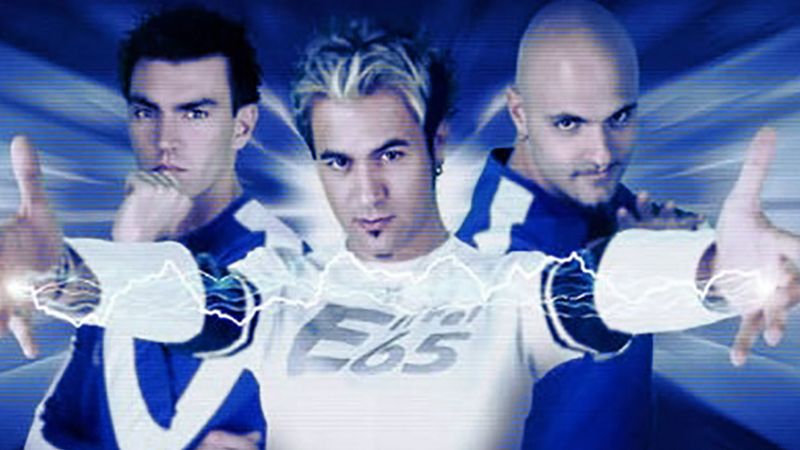
“Blue (Da Ba Dee)” by Eiffel 65 is an electronic classic that defined the late ’90s with its catchy chorus and distinctive beat. Released in 1998, the song became an international sensation, thanks to its infectious melody and playful lyrics. The narrative of a man who lives in a blue world, feeling blue, captured the imaginations of listeners worldwide. Its unique sound, blending Eurodance with pop, made it a standout track of its time. “Blue (Da Ba Dee)” topped the charts in over 15 countries, cementing its status as a global hit and dancefloor staple.
11. “Bitter Sweet Symphony” – The Verve (1997)
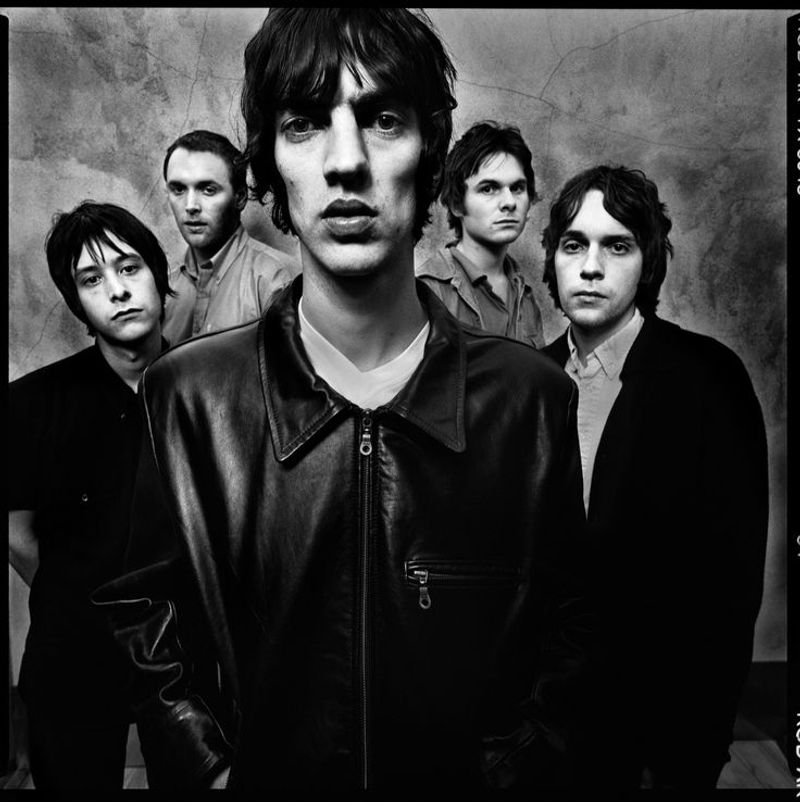
The Verve’s “Bitter Sweet Symphony” is an emotionally sweeping and haunting track that left an indelible mark on the late ’90s music scene. Released in 1997, its orchestral arrangement, combined with Richard Ashcroft’s poignant lyrics, created a powerful listening experience. The song’s exploration of life’s struggles and triumphs resonated deeply with audiences. Despite its success, the track was mired in music rights drama, overshadowing The Verve’s achievements. A fascinating fact: The orchestral sample used in “Bitter Sweet Symphony” led to a highly publicized legal battle with The Rolling Stones, resulting in the latter receiving songwriting credits.
12. “You Get What You Give” – New Radicals (1998)
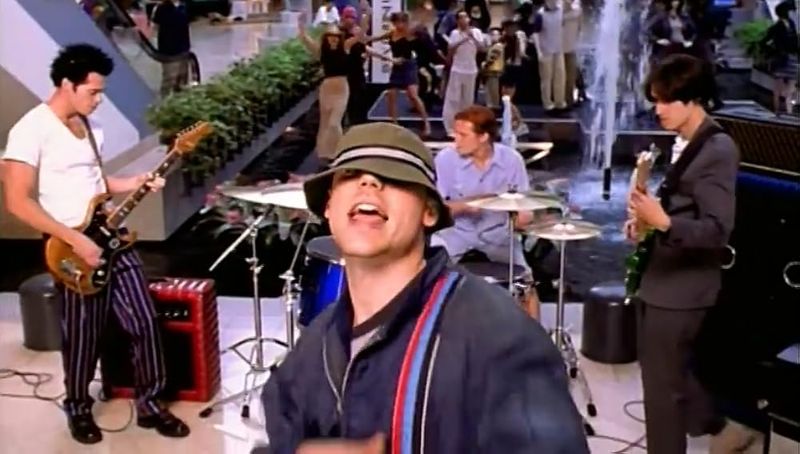
New Radicals’ “You Get What You Give” is a ’90s alt-pop gem that combines rebellious energy with heartfelt lyrics. Released in 1998, the song became an anthem for those seeking authenticity and defying societal pressures. Its catchy chorus and spirited melody invite listeners to embrace their true selves and challenge the status quo. The song’s message of empowerment and resilience continues to inspire. Despite the band’s short-lived career, “You Get What You Give” remains a beloved classic, with its closing lyrics famously calling out several celebrities, adding a touch of controversy to its legacy.
13. “Play That Funky Music” – Wild Cherry (1976)
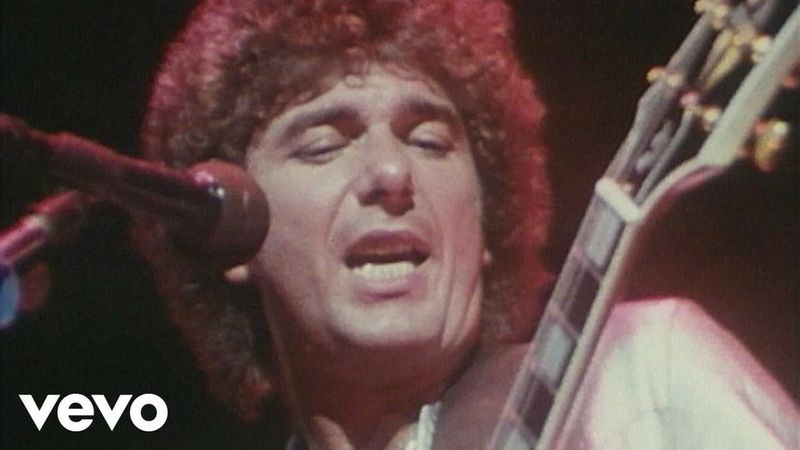
“Play That Funky Music” by Wild Cherry is a disco-era staple that blends funk and rock into an irresistible groove. Released in 1976, the song’s infectious energy and memorable chorus made it an instant hit, inviting everyone to hit the dance floor. The track’s narrative, inspired by the band’s experiences at predominantly rock venues, tells the story of embracing funk. Its catchy hook and dynamic instrumentation continue to entertain audiences, ensuring its place in music history. An interesting tidbit: “Play That Funky Music” was reportedly written in just a few minutes, capturing the spontaneous magic of the moment.
14. “Video Killed the Radio Star” – The Buggles (1979)
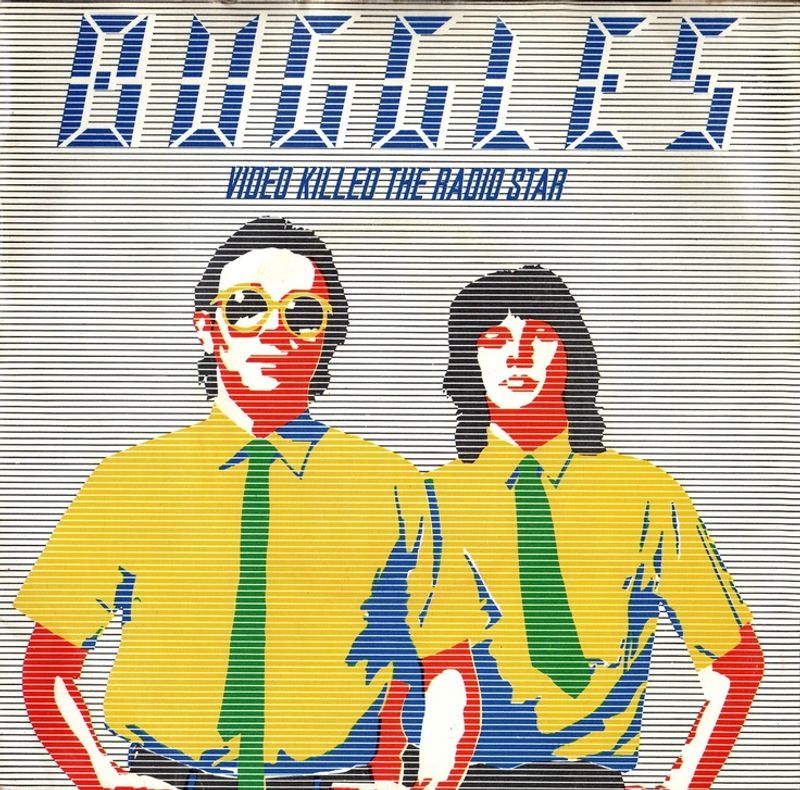
The Buggles’ “Video Killed the Radio Star” holds a special place in music history as the first music video ever played on MTV. Released in 1979, the song’s catchy tune and futuristic theme explore the impact of technology on the music industry. Its innovative sound, blending new wave with pop elements, captivated listeners and foresaw changes in media consumption. The track’s legacy is cemented by its connection to the dawn of the music video era. Despite its success, The Buggles never replicated this achievement, making them quintessential one-hit wonders.
15. “Electric Avenue” – Eddy Grant (1983)
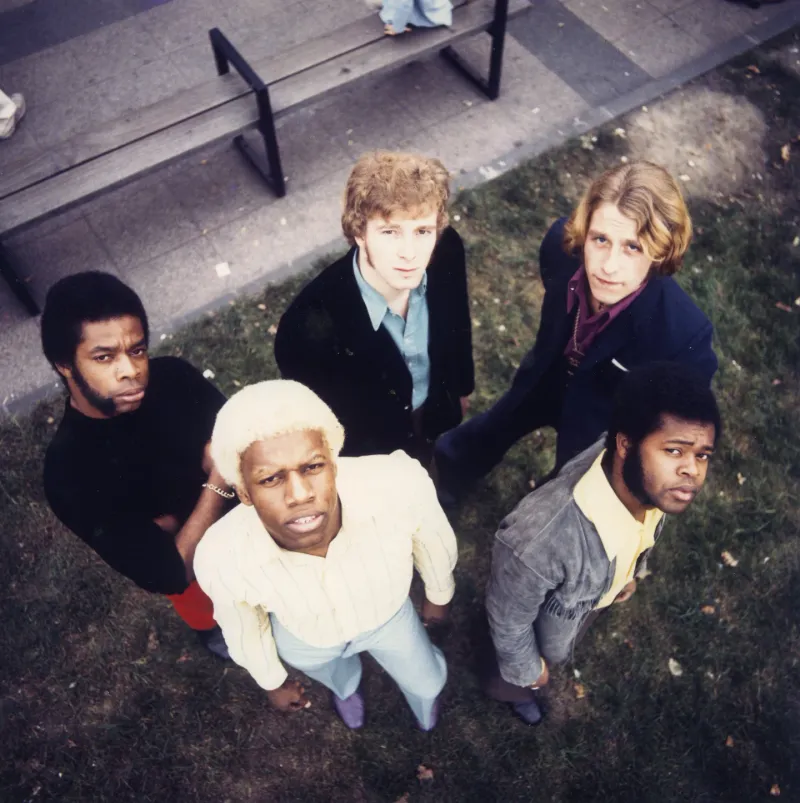
Eddy Grant’s “Electric Avenue” is a reggae-rock fusion that captured the pulse of the early ’80s. Released in 1983, the song’s catchy beat and socially conscious lyrics made it a standout track, addressing themes of urban life and economic struggle. Its infectious rhythm and memorable chorus invite listeners to dance while contemplating deeper issues. The song became a hit across the globe, resonating with audiences seeking both entertainment and insight. “Electric Avenue” was inspired by the 1981 Brixton riots in London, reflecting Grant’s engagement with social and political themes through music.

Comments
Loading…